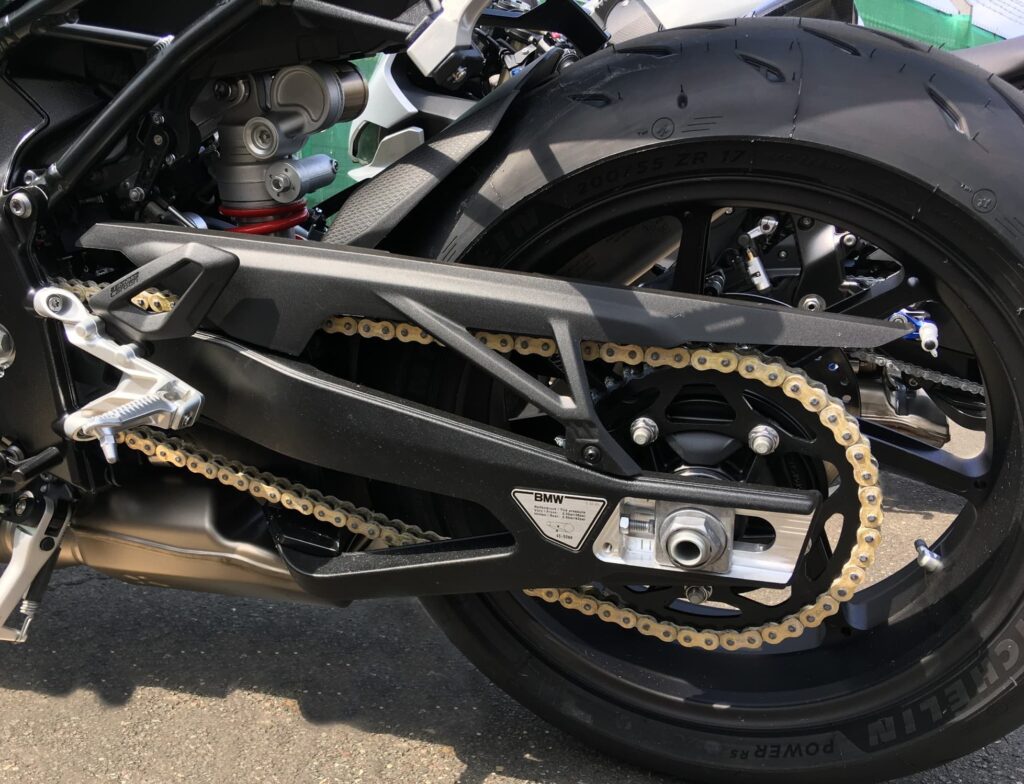- Arabic
- French
- Russian
- Spanish
- Portuguese
- Turkish
- Armenian
- English
- Albanian
- Amharic
- Azerbaijani
- Basque
- Belarusian
- Bengali
- Bosnian
- Bulgarian
- Catalan
- Cebuano
- Corsican
- Croatian
- Czech
- Danish
- Dutch
- Afrikaans
- Esperanto
- Estonian
- Finnish
- Frisian
- Galician
- Georgian
- German
- Greek
- Gujarati
- Haitian Creole
- hausa
- hawaiian
- Hebrew
- Hindi
- Miao
- Hungarian
- Icelandic
- igbo
- Indonesian
- irish
- Italian
- Japanese
- Javanese
- Kannada
- kazakh
- Khmer
- Rwandese
- Korean
- Kurdish
- Kyrgyz
- Lao
- Latin
- Latvian
- Lithuanian
- Luxembourgish
- Macedonian
- Malgashi
- Malay
- Malayalam
- Maltese
- Maori
- Marathi
- Mongolian
- Myanmar
- Nepali
- Norwegian
- Norwegian
- Occitan
- Pashto
- Persian
- Polish
- Punjabi
- Romanian
- Samoan
- Scottish Gaelic
- Serbian
- Sesotho
- Shona
- Sindhi
- Sinhala
- Slovak
- Slovenian
- Somali
- Sundanese
- Swahili
- Swedish
- Tagalog
- Tajik
- Tamil
- Tatar
- Telugu
- Thai
- Turkmen
- Ukrainian
- Urdu
- Uighur
- Uzbek
- Vietnamese
- Welsh
- Bantu
- Yiddish
- Yoruba
- Zulu
Dec . 04, 2024 05:14 Back to list
The Importance and Types of Automotive Belts in Vehicle Performance
Understanding Automotive Belts Types, Functions, and Maintenance
Automotive belts play a crucial role in the proper functioning of vehicles. They are essential components that help in the transmission of power and motion throughout various parts of the engine. Understanding the types of belts, their functions, and the importance of regular maintenance can help vehicle owners ensure their cars operate smoothly and efficiently.
Types of Automotive Belts
There are several types of belts used in vehicles, each serving a specific purpose. The most common types include
1. Serpentine Belts This is a single, continuous belt that snakes around multiple pulleys in the engine. The serpentine belt drives various accessories such as the alternator, power steering pump, water pump, and air conditioning compressor. Its design allows it to be more efficient and smaller than older systems that used multiple belts.
2. Timing Belts The timing belt is a critical component that ensures the engine's valves open and close at the proper times during the engine cycle. It connects the crankshaft to the camshaft and is typically located inside the engine. Timing belts are made from durable rubber and have teeth that keep them synchronized with the engine's components.
3. V-Belts Also known as drive belts, V-belts are used to drive specific accessories, like the alternator or water pump. They are named for their V-shaped cross-section, which allows them to grip the pulleys securely without slipping.
4. Timing Chains Though not technically a belt, timing chains perform a similar function to timing belts. They are made of metal links and are generally more durable and longer-lasting than timing belts. However, they can be noisier and require more maintenance.
Functions of Automotive Belts
The functions of automotive belts are vital to the overall operation of the vehicle
. Here are some of their key roles- Power Transmission Belts transfer power from the engine to various components, enabling them to function effectively. For example, the serpentine belt transfers power to the alternator, which charges the battery.
automotive belts

- Timing Coordination Timing belts and chains ensure that the engine's moving parts are synchronized. Proper timing is essential for optimal engine performance and efficiency.
- Accessory Operation Belts help operate accessories that contribute to the vehicle's comfort and safety, such as power steering, air conditioning, and heating systems.
Importance of Maintenance
Maintaining automotive belts is vital for preventing breakdowns and ensuring vehicle reliability. Here are some maintenance tips
1. Regular Inspections Check the belts for any signs of wear and tear, such as cracks, fraying, or glazing. Visual inspections can help identify potential problems before they lead to belt failure.
2. Replacement Intervals Follow the manufacturer's recommended replacement intervals for belts. Timing belts, for instance, should typically be replaced between 60,000 to 100,000 miles, depending on the vehicle. Neglecting this can lead to catastrophic engine damage if the timing belt fails.
3. Listen for Noises Unusual squeaking or chirping sounds can indicate problems with the belts. If you notice any strange noises, have the belts inspected by a professional mechanic.
4. Check Tension Proper tension is crucial for belt function. Loose belts can slip, while overly tight belts can lead to excessive wear. Mechanics use special tools to measure tension and adjust it as needed.
5. Stay Alert for Warning Signs Dashboard warning lights, like the battery light or check engine light, might indicate a problem with the vehicle's belt systems. Taking these warnings seriously can prevent further damage.
Conclusion
Automotive belts are indispensable components that ensure the smooth operation and efficiency of vehicles. Understanding the different types of belts, their functions, and the importance of maintenance can help drivers keep their cars in optimal condition. Regular inspections, timely replacements, and attentive care can significantly reduce the risk of belt-related issues, ultimately enhancing safety and performance on the road. By being proactive in maintaining automotive belts, vehicle owners can enjoy a reliable and comfortable driving experience for many miles to come.
-
Korean Auto Parts Timing Belt 24312-37500 For Hyundai/Kia
NewsMar.07,2025
-
7PK2300 90916-T2024 RIBBED BELT POLY V BELT PK BELT
NewsMar.07,2025
-
Chinese Auto Belt Factory 310-2M-22 For BMW/Mercedes-Benz
NewsMar.07,2025
-
Chinese Auto Belt Factory 310-2M-22 For BMW/Mercedes-Benz
NewsMar.07,2025
-
90916-02660 PK Belt 6PK1680 For Toyota
NewsMar.07,2025
-
drive belt serpentine belt
NewsMar.07,2025

